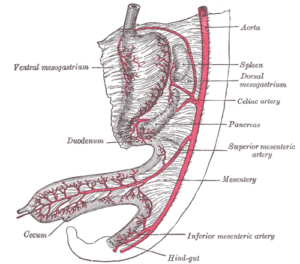Cherionna Menzam-Sills is a therapist, author, teacher of Craniosacral Biodynamics, mindful movement called Continuum, and Prenatal and Birth Psychology. As well as having a private practice, she is a senior tutor at Karuna Institute, teaches around the world with her husband and Biodynamics pioneer, Franklyn Sills, and enjoys supporting practitioners through mentoring and supervision in person and online.







